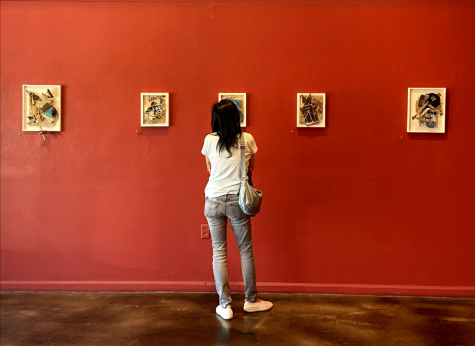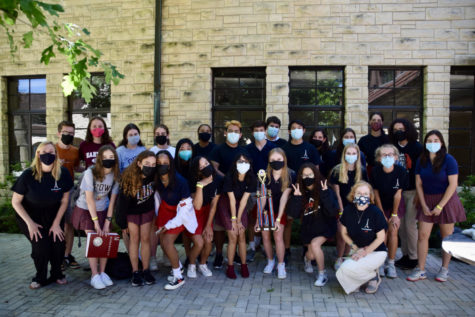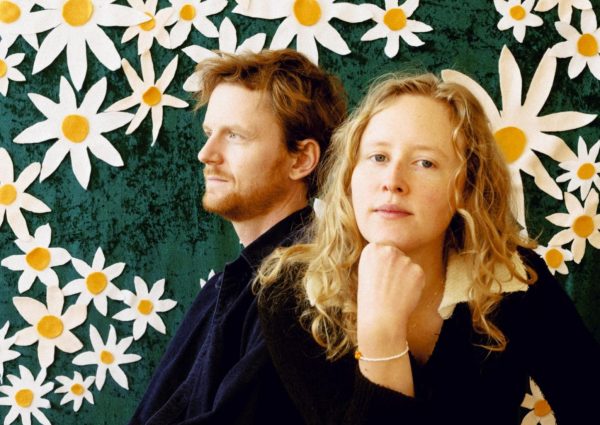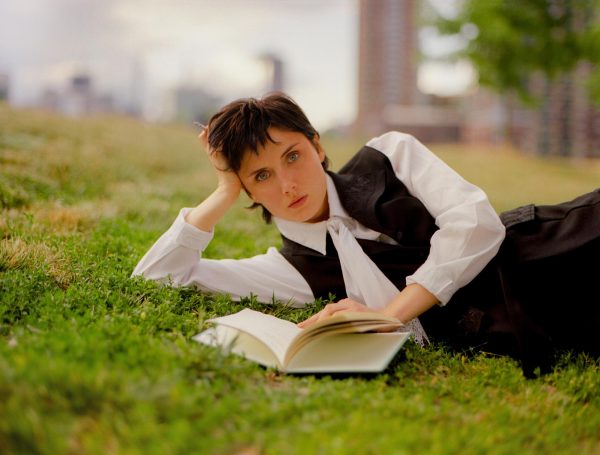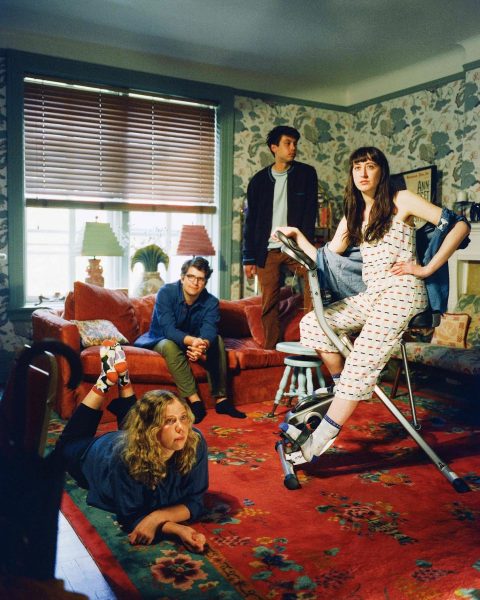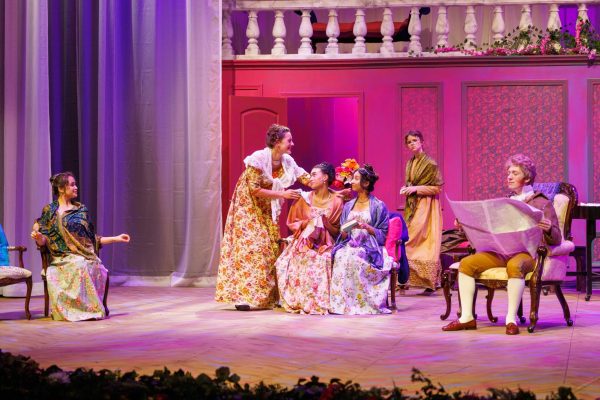Popularity of fine arts creates overcrowding issues
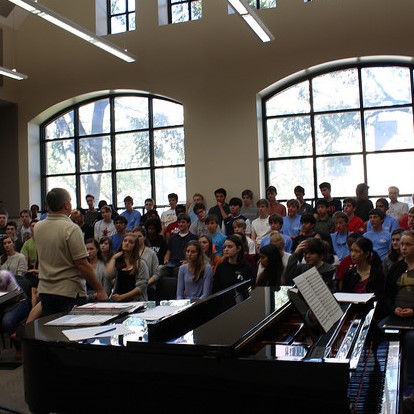
Chorale’s membership increased by 17 singers this year. Other fine arts ensembles have noticed a growth in size as well.
As Chorale students crowded into the choir practice room in August, they were greeted by an additional row of black chairs, which the ensemble needed to accommodate new male voices.
For the first time in Chorale history, there are more boys than girls, 53 to 36. Chorale’s total membership has jumped from 72 to 89 singers.
“We asked the new members in their auditions, ‘Why choir?’” Chorale director Scott Bonasso said. “They say that their friends in choir are telling them how fun it is and how routine choral singing has had a positive impact on their lives.”
Many join choir to fulfill the fine arts graduation requirement (one credit in either a graded class or co-curricular ensemble).
The increase in the number of boys started with an unusually large class in Boychoir in the Middle School that started in sixth grade and continued singing in Upper School.
“We’re not just getting more warm bodies in the choir seats,” Bonasso said, adding that the musical ability of the singers has also improved.
The increase in Chorale numbers also impacts Bonasso’s directing.
“When the kids come out and they commit to choir in the numbers that they are, the directors want to honor that by providing them with good direction, good training and quality performance experiences,” Bonasso said.
The growth in the fine arts programs is causing some logistical issues, as rehearsal rooms are becoming too small to accommodate the ensembles. These space limitations are especially evident when all the choirs sing together at events like Candlelight.
“St. John the Divine isn’t getting any bigger,” Bonasso said. “And we were already filling up the sanctuary before our increase in numbers.”
For the theatre department, the matter is vastly more complicated. Rather than cut people from auditions, the theatre department chose to double cast shows to accommodate the growing population.
The last musical to be double cast was “Kiss Me Kate” in 2012. While the production featured two female casts, the boys in the chorus were in both casts.
Junior Matthew Brown remembers it as a stressful experience.
“Because members of both casts were called to rehearsals at the same time, not everyone could show up,” Brown said. “Ms. Arizpe would add or change choreography almost every rehearsal, so some people would then be a week behind.”
As a result of the double cast, more frequent rehearsals were scheduled so that the whole cast could learn the same choreography.
“I remember bumping into my red cast dance partner at the Saturday matinee performance since she turned a different way than my black cast partner,” Brown said. “They had learned two different versions of the same dance.”
For plays, instead of trying to crowd all interested students into the same number of available spots, the theatre department has chosen to open more avenues for participation. Starting in 2013, the department reinstated fall one-act plays, and 2014 saw the addition of winter one-act plays.
“While the audience for the one-act plays wasn’t as big as it was for the fall play, it felt nice because the entire audience was full of great parents and friends who laughed at any and all jokes we had,” sophomore Matthew Walsh said.

Senior Gabe Malek, center, leads trumpets as jazz band performs “Birdland” during this year’s fine arts assembly. Click on the photo to read more about the event.
Growth in the bands has been more gradual. With the addition of the Beginner Band program for the fifth grade, band director Darrell Parrish has noticed growth through the Middle and Upper School programs.
“Mr. Parrish is always telling us that the idea was to never outgrow the room,” sophomore flautist Frances Hellums said. “But now they’re trying to squeeze chairs into the room.”
With the growth of the band program, certain sections have noticed an imbalance which affects the sound.
“The band is very saxophone heavy,” sophomore trumpeter Jayan Hanson said.
Band members have noted that the addition of sectional rehearsals makes the growing numbers in band easier to deal with.
Parrish is not concerned about the imbalance within the ensemble.
“I have always wanted a student to pick the instrument that they really want to play and then just work in the ensembles to make it all happen,” Parrish said.
As a result of the decision to increase class size by 25 people per grade, Bonasso expects further increase throughout the performing ensembles.
“We’re already talking about ways to expand the fine arts facilities,” Bonasso said.
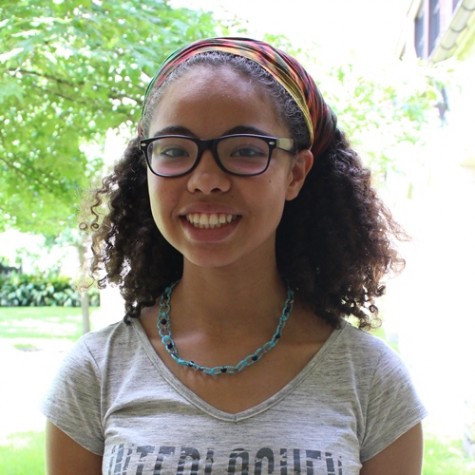
Irene Vazquez is the Editor-in-Chief of The Review print publication. She is a senior. This is her fourth year on the Review.




